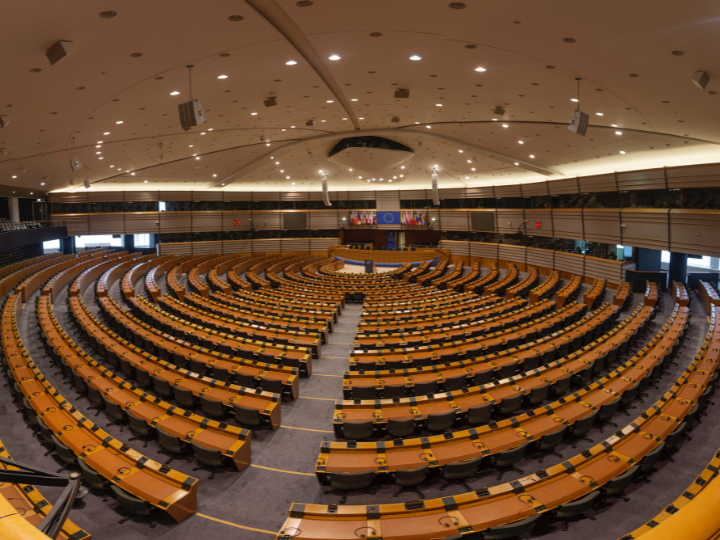The UK's top tourist attractions experienced a considerable reduction in visitor numbers during 2005, new figures reveal.
The Association of Leading Visitor Attractions (Alva), which oversees the running of the nation's favorite sites, confirmed that the top nine most popular attractions all lost visitors.
The National Gallery, the Tate Modern and the London Eye, three of the top ten most popular sites in the UK, experienced the most severe declines, of 15.2 percent, 12.1 percent and 12 percent respectively.
Blackpool Pleasure Beach remains the most visited site with a total of 5,970,000 visitors, despite experiencing a 3.3 percent fall in numbers, while the British Museum, the second most popular attraction, saw numbers fall 6.8 percent to 4,536,064.
There were some good results, with the Tate Britain soaring 58 percent, Kew Gardens gaining 25.6 percent more visitors and the World Museum in Liverpool doubling its visitor numbers to 512,881 but overall, the picture is bleak.
Alva director Robin Broke responded to the results by pointing to the tragic July 7th bombings in London, which left 52 innocent people dead, as reason why numbers have fallen so drastically.
"The London bombings on July 7th and the failed attempts on July 21st had a considerable impact in central London, especially on the domestic market, throughout the summer holidays," he said.
"However, some sites outside central London benefited from additional displaced visitors."
Alva has also suggested that reason for overall decline is because "the social environment in which tourism operates is of increasing concern".
A statement on the group's website explained: "Public services in general have become noticeably inadequate. Both citizens and visitors have a right to expect and enjoy a safe and clean environment. London is of particular concern.
"Central and local government need to ensure that adequate resources are allocated to these core, essential services."




 By: N. Peter Kramer
By: N. Peter Kramer

